Commentary: Justice rekindled -- From California's 2017 infernos to the Palisades fire, accountability is the real resilience
Published in Op Eds
When I landed in Northern California in October 2017 as a senior FEMA official, the sky was orange at noon. Entire neighborhoods in Santa Rosa and Napa were gone. Firefighters were still working on one ridge while evacuees filled shelters miles away. It was clear that California had entered a new era of fire behavior — faster, hotter, and far more destructive.
Those of us who served during that season saw the limits of even the most capable emergency systems. We learned that preparedness and coordination — not bureaucracy — determine whether communities survive. That lesson stayed with me long after I returned to Washington.
Eight years later, the Palisades Fire reminded the nation of that hard truth, but in a different form. This time, the destruction was not caused by drought or downed power lines. According to the recently unsealed federal complaint, it was intentional.
Prosecutors allege that Jonathan Rinderknecht, 29, ignited a small blaze above the Pacific Palisades on New Year’s Day 2025. Though firefighters quickly contained it, the fire continued to smolder underground and later re-emerged during high winds — becoming the deadliest blaze in Los Angeles history.
Twelve people died. More than 1,200 homes and businesses were destroyed. Families lost everything — again.
The difference between 2017 and 2025 is not just cause; it’s consequence. In 2017, the fires taught us about mitigation, infrastructure, and the need for resilience. In 2025, the Palisades investigation showed us what accountability looks like when evidence and coordination replace guesswork.
The U.S. Attorney’s Office, ATF, FBI, Cal Fire, and LAFD worked side by side. Investigators traced the origin point, analyzed burn patterns, cross-checked mobile-phone data, and identified discrepancies in the suspect’s statements. They followed the trail across the country to Florida, where Rinderknecht was arrested.
The ATF operates under the Department of Justice. It brings the same investigative and prosecutorial rigor to arson and explosives cases that the FBI brings to counterterrorism. That partnership between ATF, FBI, and federal prosecutors is what made this Palisades Fire case so strong — a seamless fusion of fire science, field investigation, and legal precision.
That kind of interagency collaboration does not happen by accident. It comes from years of investing in shared systems and relationships — many built after the 2017 disasters. It’s also proof that when government focuses on competence and enforcement rather than layers of process, justice is possible.
As someone who has stood in both command centers and devastated neighborhoods, I see the Palisades case as a turning point. It reaffirms that resilience is not just rebuilding — it’s accountability. The same partnerships that protect lives during a disaster can deliver justice afterward.
The men and women who pursued this investigation deserve enormous credit. They worked quietly for months across jurisdictions — examining every lead, every spark, every byte of data — to bring a suspect to justice. Their persistence honors the victims and the first responders who risked their lives that night.
When I think back to 2017, I remember families searching for photographs in the ashes of their homes. In 2025, those families have something else — the knowledge that investigators never stopped searching for answers. That is resilience in its truest form.
California will always face fire. But each generation has the chance to face it better — with better tools, clearer coordination, and a firmer commitment to justice. From the fires of 2017 to the Palisades of 2025, the lesson is simple: Resilience is built not just in recovery, but in accountability.
The courage to enforce the law and protect our communities is how we honor the lives lost — by proving that even in devastation, justice and determination can prevail.
____
Bridget E. Bean served as Acting Deputy Administrator for Resilience at FEMA and Acting Director of the Cybersecurity and Infrastructure Security Agency (CISA) at the Department of Homeland Security. She is now a visiting fellow with The Heritage Foundation’s Border Security and Immigration Center.
_____
©2025 Tribune Content Agency, LLC.
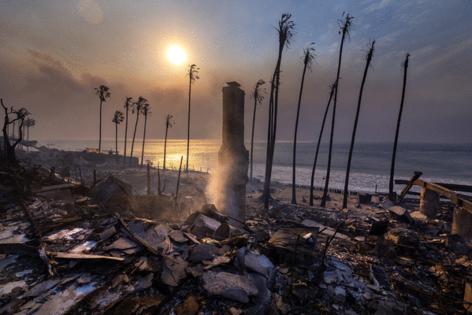
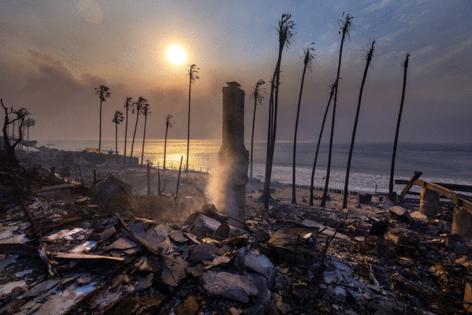








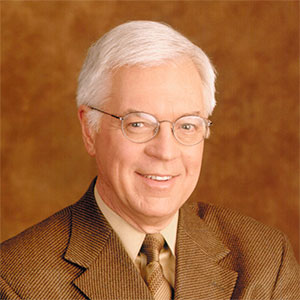
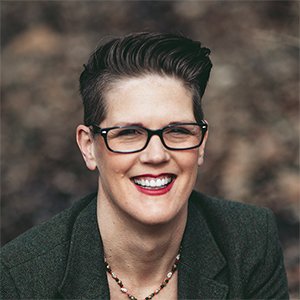
















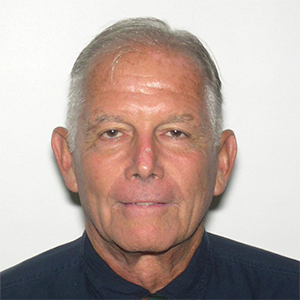


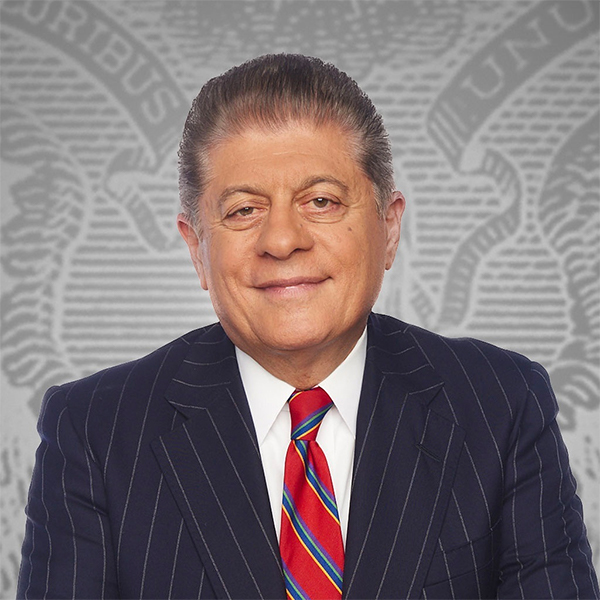














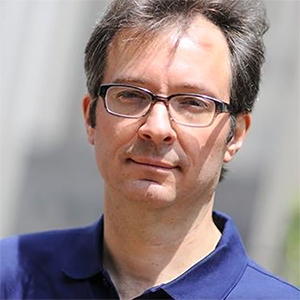












Comments